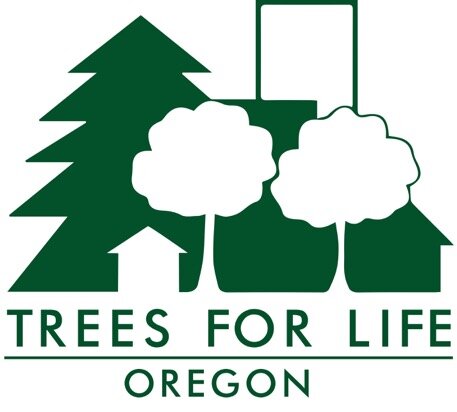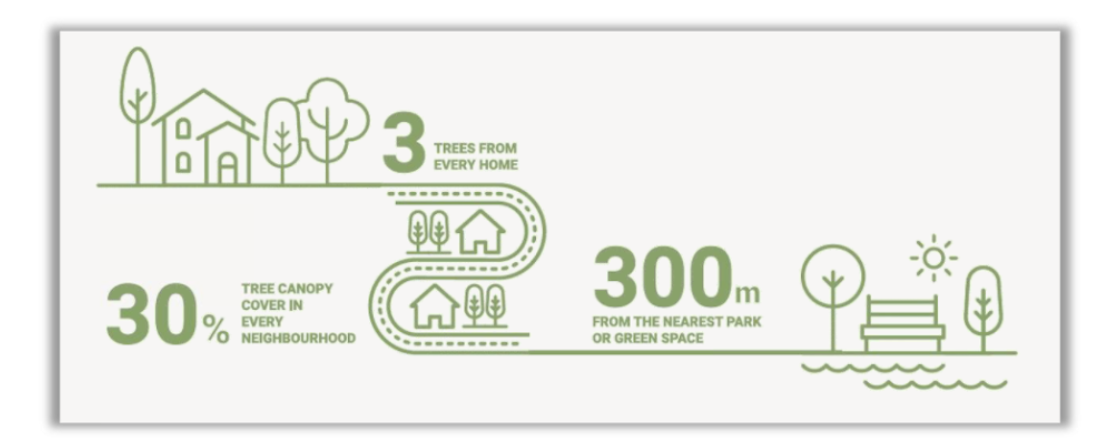The 3-30-300 Rule for Trees and Human Health
A renowned Dutch urban forest researcher and advisor to governments around the world, Cecil Konijnendijk is best known for his 3-30-300 rule. It means that to receive optimal health benefits from tree canopy, every urban resident should be able to see 3 trees from their window, live in neighborhoods with 30 percent canopy coverage, and live 300 meters (984 feet) from the nearest park or green space.
Konifnendijk, honorary professor at the University of British Columbia, and director of the Nature Based Solutions Institute (in the Netherlands and Sweden), chairs a 20-country, cross-disciplinary group that this year issued a report that examines trees and health. At a September 2023 University of Massachusetts Extension webinar, he spotlighted findings from a few of the studies he has recently conducted with colleagues. Among some of his messages:
—We need to use urban forestry to prevent disease and promote health. More can be done to fully integrate social and health considerations into urban forestry programs.
—Medical doctors have not been trained to integrate nature with health, despite findings from research in Western urban contexts that trees have positive impacts on mental health, on preventing cancer and other physical diseases, and on longevity and well-being. We need to develop rigorous methods and studies to better convince the medical community of the links between canopy and health.
—Urban pocket parks increase social health.
—Green and blue (that is, water) need to fully enter neighborhoods for the biggest health gains, and they need to be dense and evenly distributed.
—Especially important to health are large parks, forests, and green schoolyards and playgrounds.
—Barcelona is an example of a city that is digging up asphalt and planting trees in planters to create social spaces, which benefit human health.
—A few hundred cities around the world have implemented the 3-30-300 rule, but just making the space isn’t enough. It has to be maintained over time.
To learn more, see here for Konifnendijk’s upcoming book. And here for a World Health Organization brief about the practical side of urban green space interventions, as suggested by an international team of urban health and green space experts.

